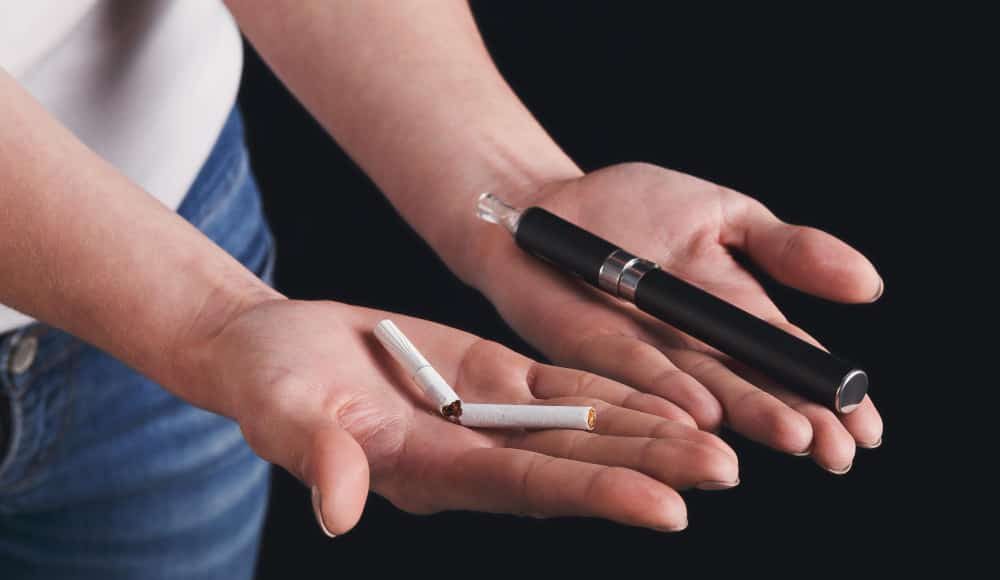
According to a report from South Korean media outlet Sportschosun on October 8th, data from the South Korean National Assembly's Health and Welfare Committee reveals that over the past five years, approximately 263.1 billion Korean won (approximately 1.423 billion Chinese yuan) have been allocated in the budget to support smoking cessation programs. However, the completion rate among participants is less than 30%, indicating limited effectiveness.
A total of 263.1 billion South Korean won has been invested.
South Korean lawmaker Bak Jong-heon, a member of the National Assembly's Health and Welfare Committee, has shared his analysis of data on "smoking cessation programs and current smoking rates over the past five years." The data reveals that while smoking rates are decreasing, the overall cost of healthcare coverage due to smoking-related illnesses is on the rise.
The smoking cessation support program in South Korea has a duration of 8 to 12 weeks, during which participants receive up to six consultations with doctors and partial coverage of the cost for purchasing smoking cessation medications, including adjunct medications. According to the budget overview of the smoking cessation support program in the past five years, a total of 263.1 billion Korean won has been allocated thus far.
However, according to the current participation status in smoking cessation programs over the past five years, the number of participants has decreased from 280,000 in 2019 to 150,000 in 2022, marking a 46.5% decline. In terms of completion rate, only 35.94% of participants managed to complete the entire course in 2022, meaning that out of every ten individuals, only three were able to finish it. The effectiveness of the program appears to be minuscule compared to the resources invested.
According to the data, more than half of the participants opted for a drug regimen lasting 56 to 84 days. Smoking-related medical insurance expenses have cost a total of 16.4 trillion Korean won (approximately 88.7 billion Chinese yuan) in the past five years. In 2022, the expenses reached 3.6 trillion Korean won, which is a 24.6% increase compared to the 2.9 trillion Korean won in 2018.
The usage rate of e-cigarettes has increased to 3.2%.
According to the past five-year data on smoking rates among individuals aged 19 and above, the smoking rate has decreased from 22.3% in 2017 to 19.3% in 2021. Age-group breakdown data reveals that, except for the 60-69 age group, which witnessed a slight increase from 14.4% in 2017 to 15.1% in 2021, the smoking rates in all other age groups have been declining.
Gender data shows that the smoking rate among men has decreased from 38.1% in 2017 to 31.3% in 2021, while the smoking rate among women has increased from 6% in 2017 to 6.9% in 2021. In comparison, the usage rate of e-cigarettes has increased from 2.7% in 2017 to 3.2% in 2021, while the usage rate of traditional cigarettes has declined from 6.2% in 2019 to 4.6% in 2021.
Furthermore, according to lung cancer data from the past five years, the number of cases has increased from 91,192 in 2018 to 116,477 in 2022, representing a growth rate of 28%. Detailed data reveals that in 2022, individuals aged 70 and above account for 34% of the total, those aged 60 make up 32%, and those aged 50 constitute 12%. From 2021 to 2022, there has been a 3% increase in cases among individuals in their twenties and a 6% increase among those in their thirties.
Bai Zhongxun emphasized, "The total healthcare costs and donations for national health promotion caused by smoking are increasing, so we should actively seek strategies to effectively implement smoking cessation programs and improve completion rates."
We welcome news tips, article submissions, interview requests, or comments on this piece.
Please contact us at info@2firsts.com, or reach out to Alan Zhao, CEO of 2Firsts, on LinkedIn
Notice
1. This article is intended solely for professional research purposes related to industry, technology, and policy. Any references to brands or products are made purely for objective description and do not constitute any form of endorsement, recommendation, or promotion by 2Firsts.
2. The use of nicotine-containing products — including, but not limited to, cigarettes, e-cigarettes, nicotine pouchand heated tobacco products — carries significant health risks. Users are responsible for complying with all applicable laws and regulations in their respective jurisdictions.
3. This article is not intended to serve as the basis for any investment decisions or financial advice. 2Firsts assumes no direct or indirect liability for any inaccuracies or errors in the content.
4. Access to this article is strictly prohibited for individuals below the legal age in their jurisdiction.
Copyright
This article is either an original work created by 2Firsts or a reproduction from third-party sources with proper attribution. All copyrights and usage rights belong to 2Firsts or the original content provider. Unauthorized reproduction, distribution, or any other form of unauthorized use by any individual or organization is strictly prohibited. Violators will be held legally accountable.
For copyright-related inquiries, please contact: info@2firsts.com
AI Assistance Disclaimer
This article may have been enhanced using AI tools to improve translation and editorial efficiency. However, due to technical limitations, inaccuracies may occur. Readers are encouraged to refer to the cited sources for the most accurate information.
We welcome any corrections or feedback. Please contact us at: info@2firsts.com
